Will the Jaguar F-Type Become a Classic?

Adam Chinn
Founder, The Car Investor
The Jaguar F-Type represents a fascinating case study in modern classic car potential. Launched in 2013 as Jaguar's spiritual successor to the legendary E-Type, the F-Type marked the British marque's return to dedicated sports car manufacturing after a 40-year hiatus.
Now, over a decade into its production run and with manufacturing ending in 2024, the question becomes increasingly relevant: does the F-Type have what it takes to become a future classic?
The early signs are promising, but the path to classic status is never guaranteed.
With early V6 models now available for under $25,000, the F-Type offers an intriguing proposition for both driving enthusiasts and potential investors willing to take a long-term view.
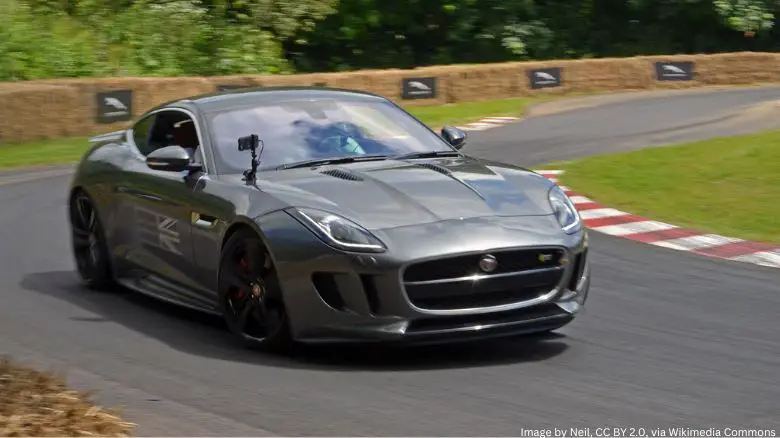
The F-Type Legacy: More Than Just Pretty Looks
Design DNA and Heritage Connection
The F-Type's design, led by Ian Callum, successfully captured the essence of Jaguar's sports car heritage while establishing a distinctly modern identity.
The car's proportions - long hood, short overhangs, and flowing lines - echo the E-Type's classic formula while incorporating contemporary design elements like LED lighting and modern aerodynamics.
This connection to Jaguar's most celebrated sports car provides crucial heritage value that often drives classic car appreciation.
The E-Type's own journey from depreciated used car to million-dollar classic demonstrates how Jaguar sports cars can transform over time when their design significance is recognized.
Engineering Excellence Across the Range
The F-Type lineup offered a comprehensive range of powertrains that catered to different enthusiast preferences:
V6 Engines (340-380 hp): The supercharged 3.0-liter V6 provided an ideal balance of performance and efficiency, delivering authentic sports car thrills without the running costs associated with larger engines.
V8 Powerplants (495-575 hp): The supercharged 5.0-liter V8, available in various states of tune, offered genuine supercar performance with a soundtrack that few modern cars can match.
Manual Transmission Option: Critically for classic car potential, Jaguar offered a manual transmission option - increasingly rare in modern sports cars and likely to be highly prized by future collectors.
This range allowed the F-Type to appeal to a broad spectrum of buyers while ensuring that certain variants would stand out as particularly significant in automotive history.
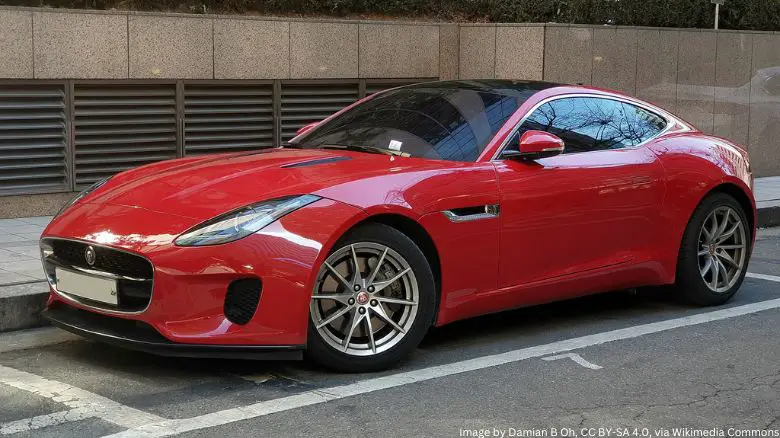
Market Analysis: Current Values and Trends
Advertisement
Depreciation Creates Opportunity
The F-Type has followed the typical luxury sports car depreciation curve, with early V6 models now trading for $20,000-30,000 in good condition.
This represents approximately 60-70% depreciation from original MSRPs, bringing these cars into mainstream enthusiast territory.
This dramatic depreciation, while painful for original owners, creates an opportunity for potential classic car investors.
History shows that many now-valuable classics experienced similar depreciation curves before beginning their appreciation phases.
Market Segmentation by Variant
Current market values reveal clear hierarchy among F-Type variants:
V6 Models ($20,000-35,000): Base models represent excellent value but may take longest to appreciate
V6 S ($25,000-40,000): The sweet spot for many buyers, offering enhanced performance and equipment
V8 R Models ($35,000-55,000): Higher performance variants showing stronger value retention
SVR Models ($55,000-80,000): Top-tier performance cars with best classic car credentials
Special Editions (Project 7, etc.): Limited production models commanding premiums and showing early appreciation
Classic Car Credentials: Analyzing the F-Type's Potential
Factors Supporting Classic Status
Heritage and Brand Prestige: Jaguar's sports car legacy provides crucial context for the F-Type's significance. The brand's racing history and design reputation enhance long-term collectibility prospects.
End of Era Significance: The F-Type represents one of the last naturally aspirated sports cars from a major manufacturer, making it a symbol of a vanishing automotive era.
Design Timelessness: The F-Type's styling has aged remarkably well, avoiding the excessive styling details that can date modern cars. Its clean, purposeful design suggests longevity.
Performance Credibility: Legitimate sports car performance across the range ensures the F-Type delivers on its visual promises, crucial for maintaining long-term enthusiast interest.
Manual Transmission Rarity: Manual F-Types are already commanding premiums and will likely become increasingly valuable as this transmission type disappears from new cars.
Potential Challenges
High Production Numbers: Unlike limited-production exotics, the F-Type was built in significant numbers, potentially limiting appreciation rates.
Modern Complexity: Advanced electronics and systems may create maintenance challenges as cars age, potentially affecting long-term desirability.
Market Competition: The F-Type faces competition from other modern classics including the Porsche Boxster/Cayman, which have already begun their appreciation cycles.
Brand Perception: Jaguar's reliability reputation, while improved, may affect long-term collector confidence compared to German or Italian alternatives.
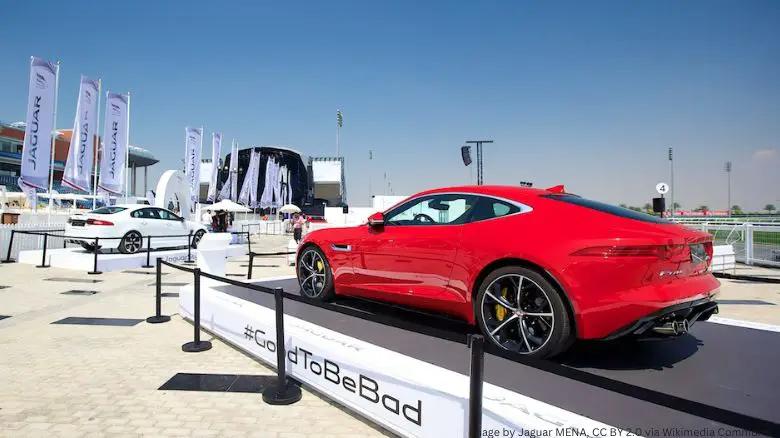
Investment Analysis: Which F-Type to Choose
Advertisement
Best Overall Value: V6 S
For most buyers seeking classic car potential, the V6 S represents the optimal balance of performance, equipment, and future appreciation prospects. Key advantages include:
Adaptive dampers providing superior ride and handling balance
Enhanced interior appointments including leather seating
Performance sweet spot offering genuine sports car thrills without V8 running costs
Reasonable entry costs allowing for enjoyment during ownership
Highest Appreciation Potential: Manual V8 R
For serious collectors, manual transmission V8 R models offer the strongest appreciation prospects:
Extreme rarity of manual V8 combination
Ultimate performance representing the pinnacle of naturally aspirated F-Type development
Purist appeal combining maximum power with engaging manual transmission
Limited production creating scarcity value
Value Entry Point: Base V6
Clean, low-mileage base V6 models offer affordable entry into F-Type ownership with moderate appreciation potential:
Lowest entry costs for experiencing F-Type ownership
Solid performance still delivering genuine sports car experience
Future scarcity as base models are often modified or neglected
Ultimate Collectibles: Special Editions
Limited production models like the Project 7 already command significant premiums and represent the safest bets for appreciation:
Built-in rarity from limited production runs
Unique design elements distinguishing them from standard models
Racing heritage connections enhancing desirability
Early appreciation already evident in marketplace
Ownership Reality: Costs and Considerations
Running Costs
Fuel Economy: V6 models achieve 20-30 mpg depending on driving style, while V8 variants typically return 15-20 mpg.
Servicing: Annual service costs range from $500-700, reasonable for a luxury sports car but higher than mainstream alternatives.
Insurance: Performance variants require careful insurance shopping, with costs varying significantly based on driver profile and location.
Depreciation Buffer: Current low values provide some protection against further significant depreciation.
Reliability Considerations
The F-Type has proven generally reliable, but certain issues are worth monitoring:
Supercharger reliability in higher-mileage examples Electrical system complexity typical of modern luxury cars Convertible top mechanisms requiring periodic maintenance Brake system wear due to performance nature of the vehicle.
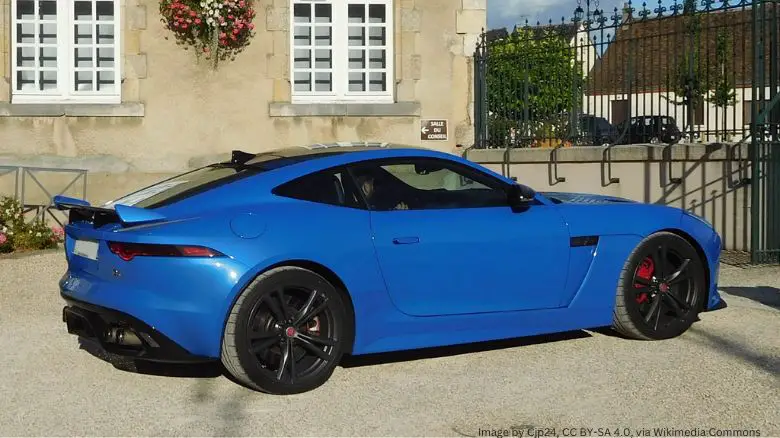
Market Timing and Future Outlook
Advertisement
Current Market Position
The F-Type appears to be approaching the bottom of its depreciation curve, particularly for V6 models. T
his timing, combined with the end of production, suggests favorable conditions for potential appreciation over the next decade.
Factors Supporting Future Growth
Electrification Trend: As the automotive industry shifts toward electric powertrains, the F-Type's naturally aspirated engines become increasingly special.
Design Recognition: Growing appreciation for the F-Type's design significance as automotive styling evolves.
Brand Renaissance: Jaguar's recent focus on luxury and exclusivity enhances the perception of all Jaguar products.
Accessibility: Current pricing allows enthusiasts to actually own and enjoy these cars rather than treat them as museum pieces.
Alternative Considerations
Competitive Analysis
Porsche Boxster/Cayman: Already showing appreciation but at higher entry costs
BMW Z4: Strong engineering but less distinctive design
Mercedes SLK/SLC: Comfortable but lacking sports car credibility
Aston Martin Vantage: Higher prestige but significantly more expensive
The F-Type's combination of genuine sports car performance, distinctive design, and current affordability positions it favorably against these alternatives.
Investment Strategy and Recommendations
For the Driving Enthusiast
Choose a V6 S with manual transmission if available, focusing on:
Complete service history
Low mileage (under 40,000 miles ideal)
Desirable colors (classic combinations appreciate better)
Original specification avoiding modifications
For the Serious Collector
Target manual V8 R models or special editions:
Document provenance thoroughly
Verify authenticity of limited editions
Accept higher entry costs for better appreciation potential
Consider professional storage for long-term holding
For the Value Seeker
Well-maintained base V6 models offer affordable entry:
Focus on condition over specification
Budget for maintenance and potential issues
Enjoy the ownership experience while waiting for appreciation
Consider convertible models for additional appeal
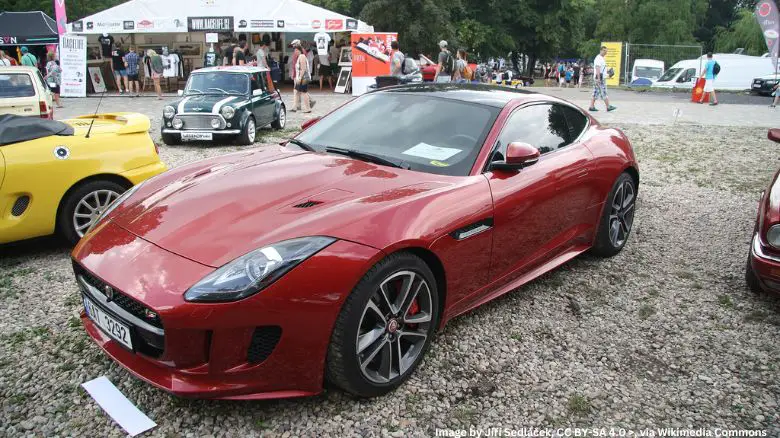
Conclusion: The Case for F-Type Classic Status
The Jaguar F-Type possesses many of the characteristics that define future classics: distinctive design, genuine performance credentials, heritage connections, and increasing scarcity.
While it may not achieve the stratospheric values of the most exclusive classics, the F-Type has strong potential for steady appreciation over the next decade.
The car's current affordability represents its greatest opportunity. At $25,000-35,000 for decent examples, the F-Type offers accessible entry into a genuinely desirable sports car with legitimate classic car potential.
This pricing allows enthusiasts to enjoy ownership while the car potentially appreciates, rather than treating it as a static investment.
Key success factors for F-Type appreciation include:
End of production creating finite supply
Manual transmission rarity in an increasingly automatic world
Naturally aspirated engines becoming extinct
Design significance gaining recognition over time
Jaguar heritage providing crucial brand credibility
The F-Type may not be a guaranteed investment, but it offers a compelling combination of driving pleasure and appreciation potential that few cars at this price point can match.
For enthusiasts willing to take a long-term view, the F-Type represents an opportunity to own a piece of automotive history while that history is still being written.
Future Classic Rating: 4/5
The F-Type has the fundamental characteristics of a future classic, with strong design, performance, and heritage credentials supporting its case for long-term appreciation.
Current market timing appears favorable for entry, particularly for manual transmission and V8 variants.

About the Author
Adam Chinn is the founder of The Car Investor, combining his passion for classic cars with data-driven investment strategies to help collectors maximize their returns.
View all articles →Related Articles

Volvo 850 T-5R: The Sleeper That Shocked the Performance World
The Volvo 850 T-5R and 850 R have evolved from unconventional performance cars to cherished modern classics, representing one of the most successful transformations of a conservative brand into a genuine performance force.

Alfa Romeo 147 GTA: The Beautiful Lunatic That Defied Logic
The Alfa Romeo 147 GTA stands as automotive proof that passion can triumph over practicality, creating one of the most characterful and increasingly valuable hot hatchbacks ever built.

Porsche 944 Investment Guide: Is This 1980s Icon Worth Buying?
Despite the Porsche 944 no longer being the bargain it once was, it remains a good investment opportunity that offers steady returns. It’s also one of the most usable investment cars of its era, and can be maintained without breaking the bank.
Advertisement